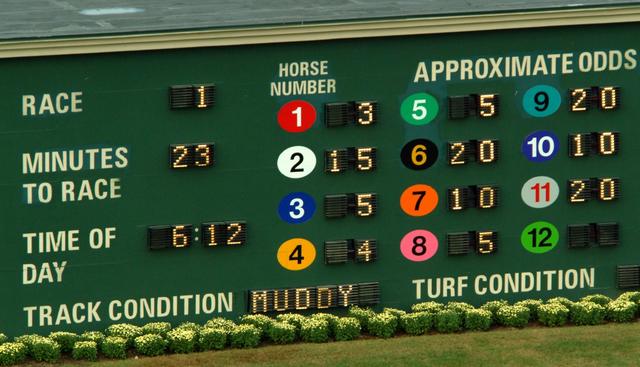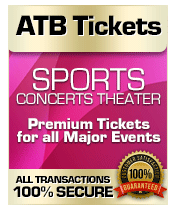How To Spot A Vulnerable Horse Racing Favorite
4 min read
As the popularity of the betting exchanges grows, so more and more people are looking to profit from horse racing by laying horses to lose. But what is the best strategy? On the face of it, one might think that simply betting that the outsider will lose is a quick way to make easy money. In reality, the best horse to bet against is the race favorite.
Betting that the outsider at 20/1 will lose will be fine to start with, and doubtless you will soon develop a winning run of profits. However, sooner rather than later that 33/1 shot with ‘absolutely no chance’ will come home in front, and you may well have laid him at a price of 52.00 (for example) on Betfair. BOOM! There goes all your hard-earned winnings, and more!
Generally a horse will be the favorite because it has the weight of the market’s money behind it, which forces the price down. Simple economics. There will be a point however, where the horse’s price is too low compared to it’s actual chance of winning. Beyond this ‘true’ price is where the layers will start to make a profit.
So we go ahead with this strategy, and we proceed to lay every favorite, right? Wrong.
Horse racing favorites are often priced too low. This is how bookmakers have made their profit for generations. But they are not priced too low every time sometimes a favorite is the most likely horse to win a race for very good reason.
If we took the simplified approach of laying every favorite, after a while betting on the exchanges we would remain around the break even point, because the exchange markets are a very efficient barometer of probability. However, after paying commission on our winnings, we would watch our account slowly draining away like water down a plug-hole. Not good.
So how do we know which favorites are true favorites, and which are weak or vulnerable?
One method is to analyze the positive aspects of a horse’s form. It will not surprise you to learn that more favorites win when they have fewer question marks against them. This is not rocket science, but taking the time to separate strong contenders from weak favorites will give you the ‘edge’ to make that all-important profit.
Below is a list of form criteria you can apply to the market leader in any given race:
1. Horse and Class: Must have shown the ability or obvious potential to seriously compete in the class of today’s race.
2. Horse and Track: Must have proven ability on either today’s track or one with similar characteristics.
3. Horse and Recent Form: Analysis of general form over the last few weeks.
4. Horse and Race Distance: Must have shown the ability or obvious potential to run competitively over today’s distance.
5. Horse and Draw: Highlight any obvious disadvantage if applicable.
6. Horse and Going: Must have shown an obvious ability to handle today’s ground.
7. Trainer and Track: Trainer must have at least a 10% strike rate on today’s track.
8. Trainer and Recent Record: Trainer must have had at least two placed or one winning horse in the last 14 days.
9. Jockey and Track: Jockey must have at least a 10% strike rate on today’s track.
Rating a favorite as ‘weak’ or otherwise is entirely subjective, but you may determine (for example) that a horse with 3 or more question marks or negatives over their form would be considered a horse worth opposing.
As always the question of price will come into the equation. A horse with several boxes left to ‘tick’ in the list above may be a favorite in a weak race at 5/1. This may be a fair price, and you may not want to get involved in laying him to lose.
On the other hand, when a 2yo filly steps hoof onto the track for the first time, and is offered at odds-on simply because she is ridden by Frankie Dettori on behalf of the Godolphin training empire, then you may want to consider taking her on.
In summary: race favorites are often a profitable source of potential Lay Bets, as they are often ‘over-bet’ and offered at prices too low compared to their actual chance of winning. Take the time to analyze key aspects of the horse’s form and judge whether they are a ‘strong’ or ‘weak’ favorite. If you decide they are vulnerable to defeat and the price is short enough, then you have identified a good lay bet.
@Knows_lou
#LouKnows

Millions of horses bought and sold for the highest dollar. Click here to view today’s listings




